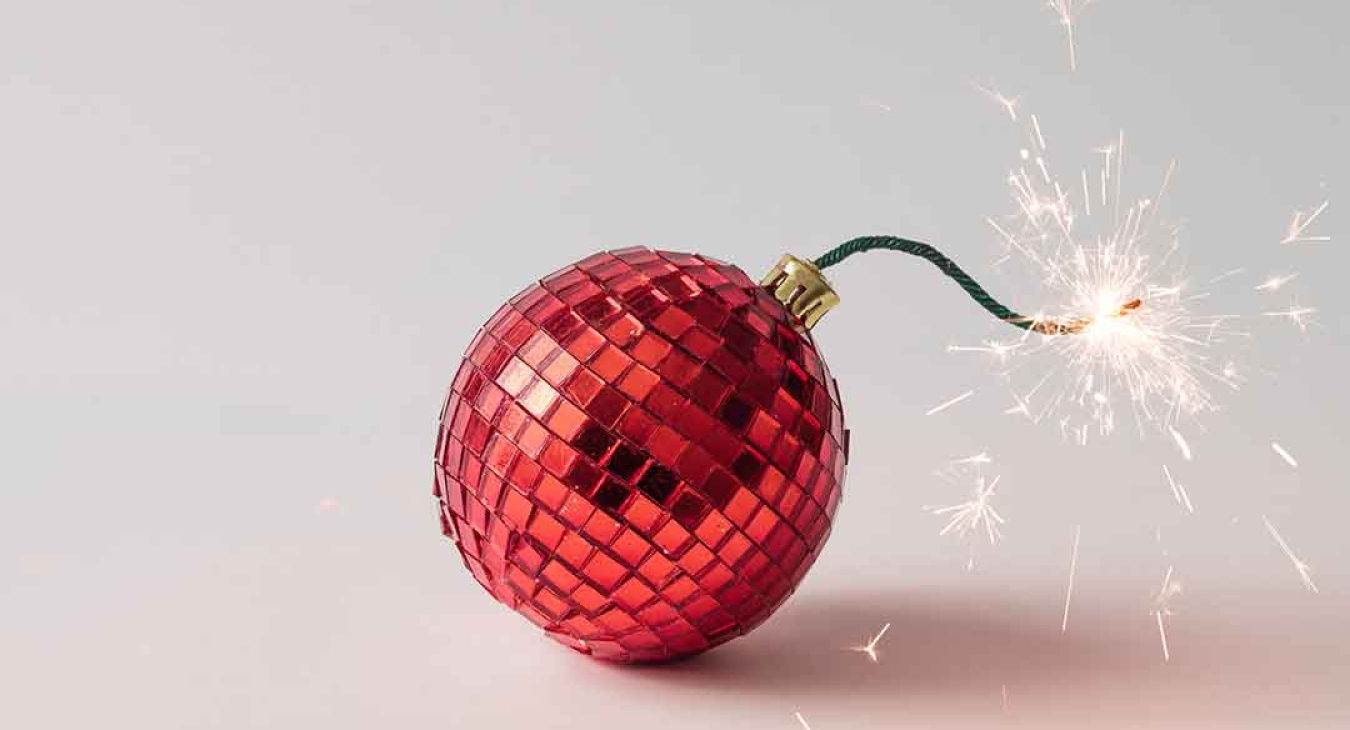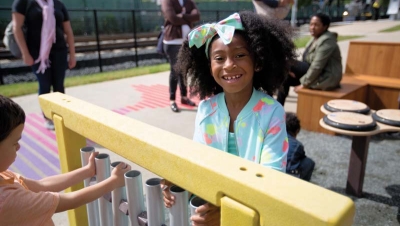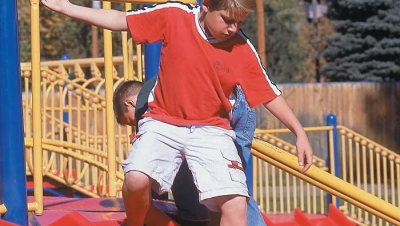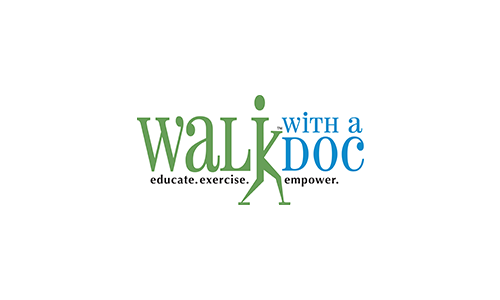Joann Robertson’s Countdown To The Holidays
Avoid These 5 Holiday Hazards To Be Safe
Here’s hoping that your organization experiences a wonderful holiday season filled with joy and merriment.

1. DON’T GET OVEREXTENDED
Extension cords are often brought temporarily into our buildings to power holiday lights and other decorations, but then these cords often remain in place all year posing fire/electrical hazards.
Extension cords are designed to be used on a temporary basis only. Two examples of this temporary type of use includes, a tool to be used during construction or to power an overhead projector for a presentation.
Extension cords should also be UL- listed. In addition, they should never be “daisy chained” or overload an electrical outlet when plugged in.
Daisy Chaining – The practice of plugging multiple extension cords into each other.
Extension cords are often incorrectly used with space heaters. If space heaters are permitted at your facilities, they must shut off automatically if they are knocked over, be UL-listed, not be left running when unattended and never be plugged into extension cords.
A typical problem occurs when an employee’s workstation (perhaps a monitor or a security guard) is located near a door. If this employee is cold, someone may string a line of extension cords together with a space heater at the end. While this may warm up the employee, it can cause some of the hazards we have just explained, as well as a potential trip/fall incident.
UL Listed - A UL listing ensures that a product is safe, properly designed and manufactured. A product bearing the UL listing stamp has been tested and verified to meet the UL standards for safety.
2. ONE STEP AT A TIME
When decorating areas, it is always tempting to stand on top of a nearby table or chair to hang up holiday decor or artwork. This shortcut will often lead to serious falls and a costly workers’ compensation claim.
Choosing to pull out a stepladder is a much better alternative than standing on furniture. The stepladder provides a more stable and level surface when hanging up any work by young artists or other seasonal decorations.
3. LIGHT THE WAY
As we get closer to winter, the sky becomes darker earlier each day. Pedestrians are more likely to slip/fall at this time, especially when walking outside.
Be sure that the lighting timers at your location are checked and set correctly, proper lighting is provided in all areas, and that any burned out bulbs have been replaced. This is important for sites that are frequented early and late in the day, such as ones with early morning exercise classes or evening activities.
4. WELCOME WINTER
The arrival of colder weather causes pedestrians to begin wearing winter boots, hats and scarves. But these boots also track snow and ice into our buildings, resulting in wet and slippery floors.
Be sure you have WET FLOOR signs posted as needed and mats are provided. These practices will reduce the chance of slips/falls hazards related to wet and wintry weather.
5. SEASONS CHANGE
With numerous holidays toward the end of the calendar, it is easy to accumulate an excess of combustible decorations inside the buildings. Always be on the lookout for and immediately remove any serious fire hazards, such as candles or bales of straw. But it is also important to keep your focus on the amount of other combustible decorations which may be accumulating inside.
It is good practice to remove all of the decorations for each holiday that has been completed, before adding more layers of other holiday decorations. This will help to minimize the number of combustibles.
Keep an eye out for scenes such as oversized fireplaces, a giant snowman or a life-sized igloo, since they are usually constructed of cardboard and paper. It is important to be sure doorways, fire exits, and hallways always remain clear of combustibles to ensure proper egress in case of emergency.
Swinging or falling decorations and balloons are also typical culprits in activating security alarms. Therefore, reducing the number of combustibles can also help building facilities staff get better sleep.
Combustibles can be treated with fire retardant. But this method of protection takes additional work and follow up, since the process must be done according to the manufacturer’s specifications and it must be documented. To investigate your local region’s specific rules about combustibles, be sure to talk to your code enforcement official or the local fire marshal.
Code Enforcement Official – A sworn or non-sworn inspector, officer or investigator, employed by a city, or county, who possesses specialized training in a number of activities including safety. These officials should be state-certified.
Egress – A place or means of getting out. An example of a means of egress can include an emergency exit or a fire escape and the pathway or route to get there.
Fire Retardant Spray - Protect your location by reducing the chance of fire by using fire retardant spray for arts and crafts, posters, etc. Carefully read the directions before purchase or use and follow manufacturer’s instructions.
CONCLUSION
When it comes to holiday safety, always consult with your local officials and be sure to follow applicable regulations. Remember that your insurance company and safety committee can also be helpful resources. Try sharing these five tips with your staff at your next meeting.
Stay safe and best wishes for the new year!
RESOURCES:
- Department of Labor
- Occupational Safety and Health Administration (OSHA)
- Fire Prevention Resource
- https://www.osha.gov/fire-safety









Add new comment